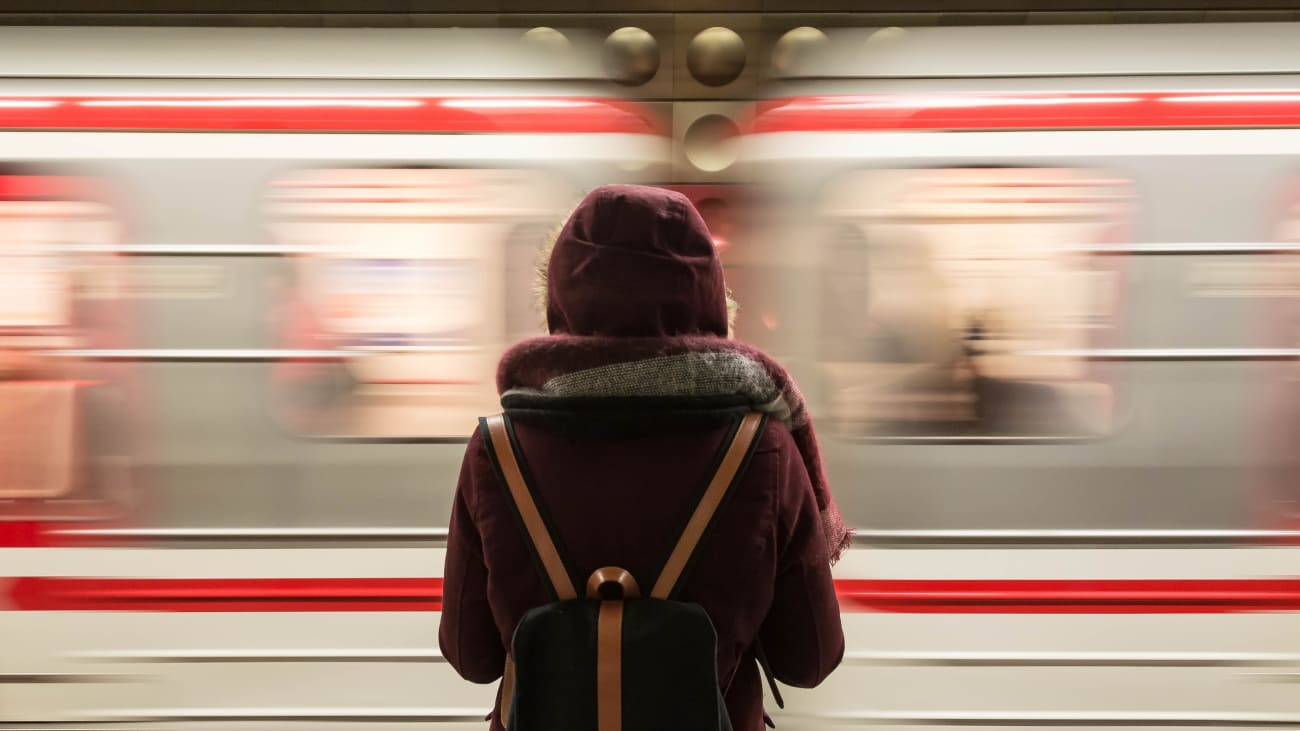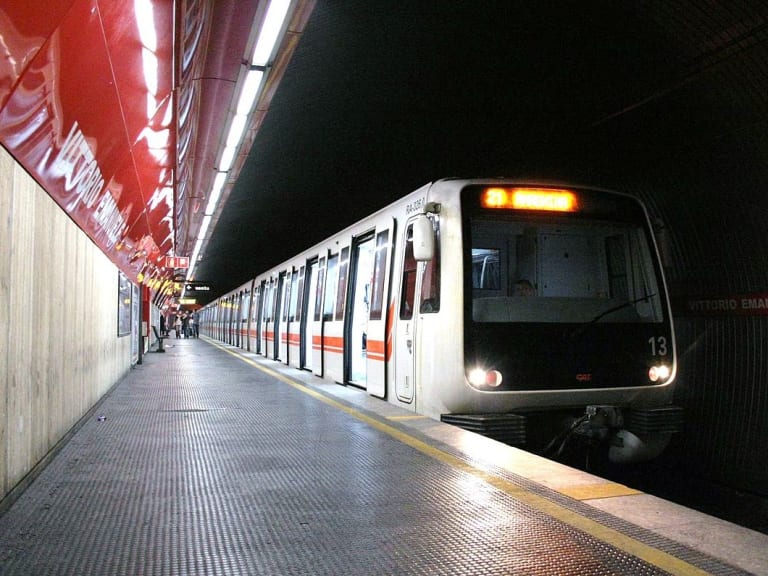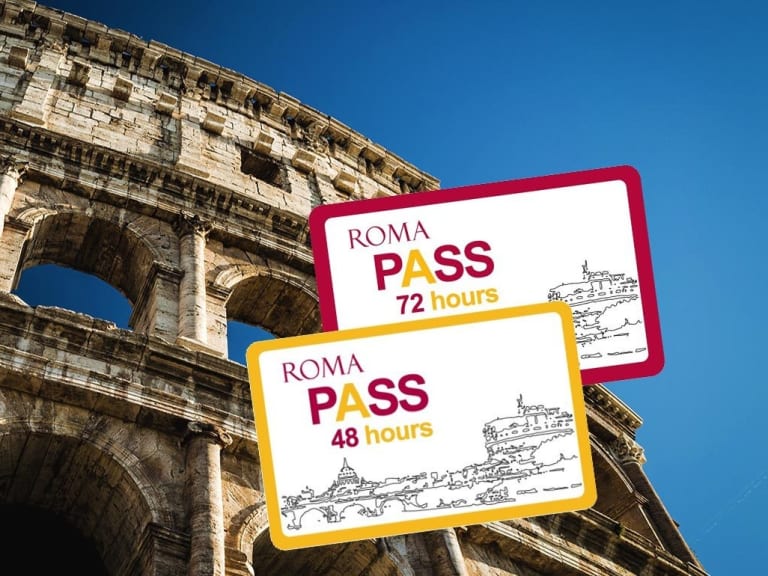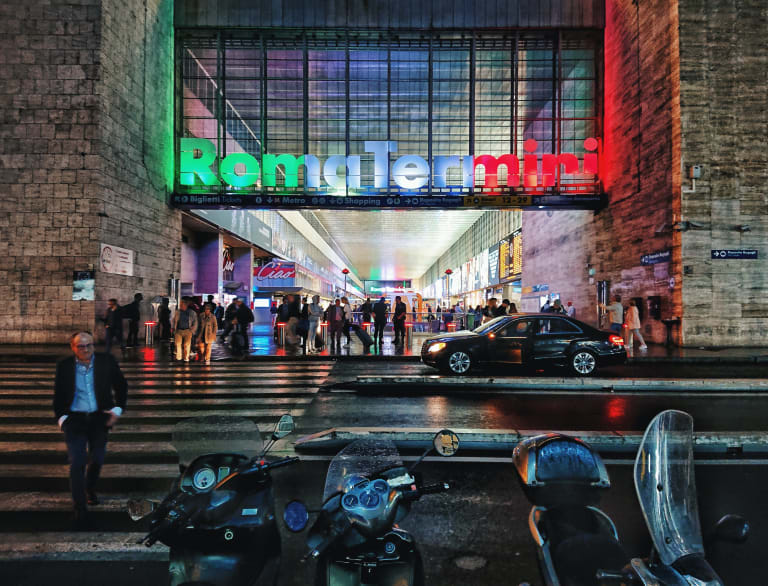Guide to the Rome Subway
Rome's metro can save you from trouble on many occasions, as it is the fastest way to move around the city. Here's how to take advantage of it

Waiting for the subway | ©Fabrizio Verrecchia
Rome is a city made to be admired and there is no better way to do it than walking: walking through its narrow streets, discovering its corners, entering every door you see to see what is behind...
But there is a problem, and that is that this is not the most efficient way to move between attractions, monuments and ancient ruins, even more if you are going to be in Rome for less than a week and you want to see a lot of things in a short time. Therefore, it is best to know in advance how to move around the city before your trip and for that here is a complete guide to the metro in Rome.
1. How the Rome subway works

ATAC stands for 'Agenzia del trasporto autoferrotranviario del Comune di Roma', or what is the same, the company in charge of public transport in Rome. An ATAC ticket is valid for travel by train, bus and streetcar. It is also valid for commuter trains (within the metropolitan area of Rome).
Tickets can be purchased at vending machines or ticket offices in metro stations, and also at tobacconists (marked with a blue sign with a T) and kiosks throughout the city.
Beware, because the metro vending machines usually cheat you: they accept euros in both bills and coins but never give more than 6 € change, so if you put in a 20 € bill they won't give you anything back until you have bought 14 € in bills. To "fix the problem", many machines only accept 5 and 10 € bills, so if you have a larger bill you will have to look elsewhere for change. Oh, and of course, they do not accept credit cards.
So, whenever you can, I recommend buying tickets from a human at a ticket office, tobacconist or kiosk and stay as far away from those things as possible.
2. Which ticket to buy

- BIT: The single ticket, valid for one trip by subway or suburban train or 100 minutes by bus (1,50 €).
- Roma 24H: This ticket is valid for 1 day for travel on any ATAC transport method (7 €).
- Roma 48H: 2-day ticket for all ATAC public transport (€12.50).
- Rome 72H: 3-day ticket valid for any ATAC transportation option (€18).
- CIS: A 7-day ticket valid for bus, subway and suburban train (24 €).
If you are going to be in Rome for a week and you plan to move mainly by public transport, do not think twice: it will be worth buying a CIS ticket because for less than 3.50 € per day you will have unlimited access to the entire transport network of the city.
In case your trip is going to be shorter, or your accommodation is in the city center and you can walk to most points of interest, it is probably worth buying a single ticket every time you use public transport.
3. Rome subway schedules
The Rome metro is open from 5:30 in the morning until 23:30 at night every day, except on Fridays and Saturdays when the service is extended until 1:30 but with a lower frequency of trains than the rest of the schedule.
4. Traveling by public transport with the Roma Pass and the Hop On Hop Off Bus

That said, one thing to keep in mind is that some Rome sightseeing passes, such as the Roma Pass, include a free public transport pass for two or three days. Even if the attractions on this tourist pass don't interest you too much, the savings on public transportation can make it worth buying a Roma Pass.
Some Rome Hop On Hop Off sightseeing bus tickets also include a multi-day public transport pass, plus the bus itself is a very good way to get around the city.
5. Most important metro lines and stops

Rome has three metro lines: A, B and C:
- Line A (orange): the line with metro stops at the most popular places in the city. Cipro for the Vatican Museums, Ottaviano for St. Peter's Basilica, Flaminio for Villa Borghese, Barberini for the Trevi Fountain, and Vittorio Emanuele for Santa Maria Maggiore, among others.
- Line B (blue): this line is more for monuments and ruins, with stops such as Colosseo for the Colosseum, the Roman Forum, the Baths of Caracalla, and Circo Massimo for the Circus Maximus. Lines A and B intersect at Termini Station, Rome's main train station and the destination of most buses coming from the airport.
- Line C (green): being the most recently opened line, it will probably be the one you will take the least. It runs from Monte Clodio/Mazzini to Lodi, but not all stops are operational as the line is still under construction.
One thing that can be a little confusing when taking the B metro line in Rome is that the line branches, so if you take a metro from Laurentina there will be two trains, one heading to Bufalotta and one to Casal Monastero.
6. Connections to Roma Termini Train Station

Termini station is Rome's main train station and the destination of many buses operating between Fiumicino and Ciampino airports and the city. The Leonardo Express, the fast train that takes you to Fiumicino airport, also departs from Termini. Therefore, it is very likely that you will arrive here from the airport and return on the last day of your trip.
Rome's three metro lines connect to Termini station, several stops from places like the Colosseum, Piazza Venezia, or Piazza Barberini, and a half-hour walk from the Trevi Fountain, so it can be a good reference point for getting around the historic center of the city.
Outside the station, in Piazza del Cinquecento, there is a bus terminal that connects to all parts of the city. The area has no tourist interest, so don't waste your time exploring the surroundings.
One thing that is important to know: to make an excursion from Rome to one of its nearby cities, one of the best options is to take a train from Termini station, which connects to the main railroad stations of Milan, Florence, Venice and Naples among others.
7. Rome subway tips

- You must validate your ticket at the machines located at the turnstiles before entering. Regardless of whether the ticket is for 1, 3 or 7 days, you only need to validate it once. If you are traveling with a Roma Pass, simply pass it through the yellow circle at the turnstile.
- If you travel on public transport in Rome with an unvalidated ticket, you can be fined up to 50 €.
- Another thing to keep in mind is that children up to 10 years old do not need a ticket to travel on public transport in Rome.
- Rome's metro connects to Fiumicino airport, and although the ride is a bit long and tedious it is an option to move between the airport and the city if you are traveling on a tight budget. Otherwise, I recommend booking a transfer between Fiumicino and Rome.
- Since ATAC tickets are valid for all public transportation in Rome, I recommend using the streetcar sometime, to try a different experience. Although not as convenient as the metro, lines 3, 8 and 19 pass through quite a few places in the center.
- By metro you can reach Ostia, a city on the coast where the archaeological site of Ostia Antica is located. If you want to read more about this tour, here you will find more information about this and other tours: 7 Places to Visit near Rome.
- Pickpockets abound in the Rome subway, almost like in any other European capital. Therefore, I recommend you to be especially careful with your wallet or backpack.
- Finally, keep in mind that some places in the center of Rome do not have a metro stop nearby because they have not been able to carry out the necessary works, so depending on what you are going to visit it will take you the same time going by metro than walking.
